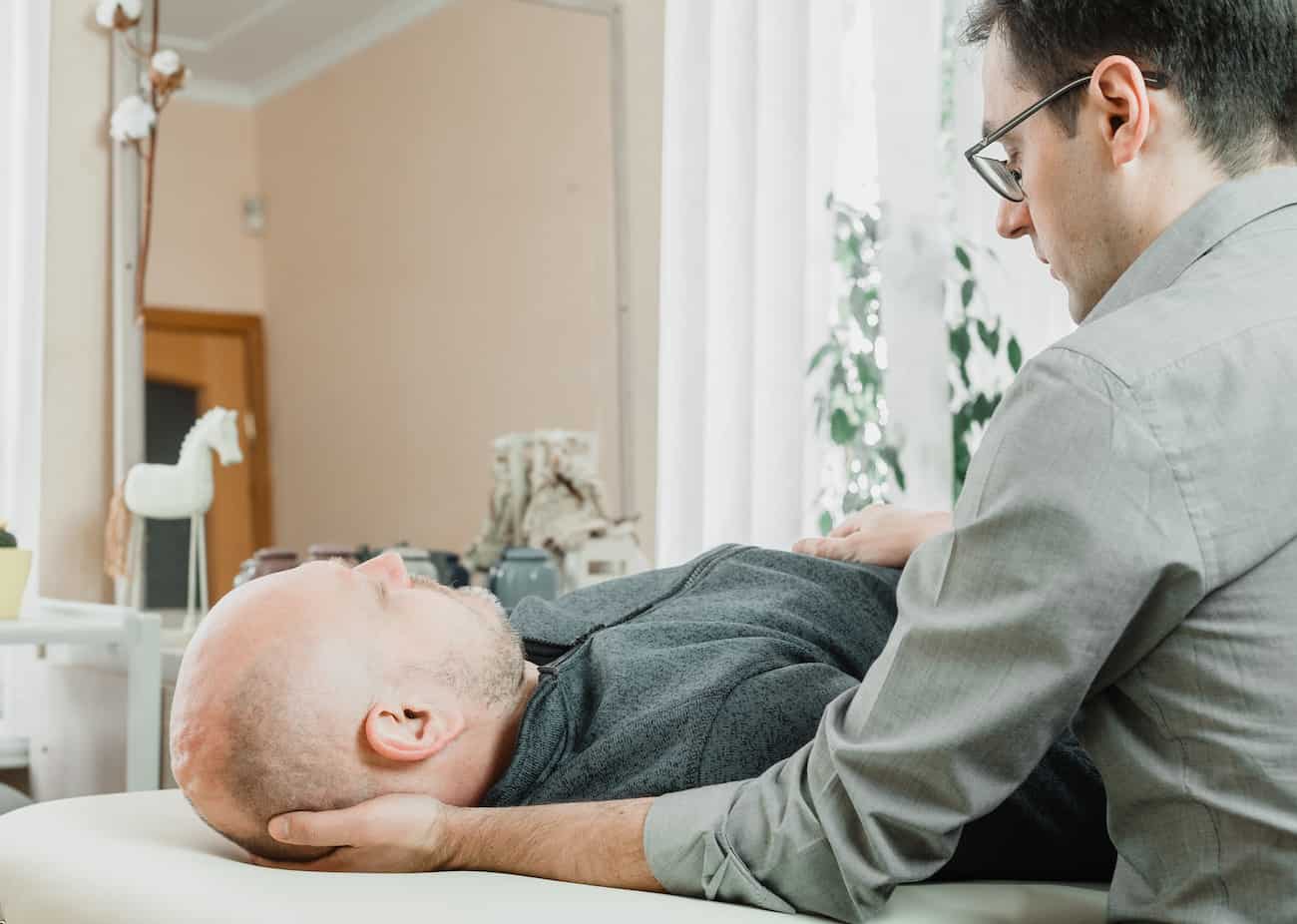Therapy
Balneotherapy, Therapeutic Waters, and Healing Springs
THC Editorial Team May 10, 2022

Contents
- Overview
- What Are Mineral Springs?
- The History of Balneotherapy
- Types of Balneotherapy
- The Potential Benefits and Effectiveness of Balneotherapy and Mineral Water Springs
- Summary/Outlook
Balneotherapy refers to the use of naturally occurring, mineral-rich spring water to improve health and well-being. It is one of the most widely used complementary therapies for various medical conditions, including musculoskeletal, autoimmune, skin, digestive, pulmonary, cardiovascular, and neurological disorders.1
What Are Mineral Springs?
Both hot and cold mineral springs are found throughout nature and have existed for millennia.2 Hot springs are also referred to as thermal springs. Tens of thousands of mineral springs exist throughout the world.3 Some are used as the bases of spas and resorts, although the majority are not developed.3
Mineral springs often contain trace amounts of minerals, including calcium, sodium, magnesium, chloride, iron, and sulfate, as well as gases, including carbon dioxide, nitrogen, and oxygen. Some mineral springs also contain trace amounts of radioactive elements.
In addition to being classified by their mineral contents, spring types are also determined by their temperature, pH levels, and flow rates.
Mineral Spring Temperatures
Cold springs consist of waters less than 25 °C; tepid springs range from 25 to 34 °C; warm springs are between 34 and 42 °C; hot springs are greater than 42 °C; and extreme hot springs are greater than 100 °C.2 The waters at typical thermal spring spas range from 25 to 48 °C.2
Mineral Spring pH Levels
The pH level in mineral springs refers to their rate of acidity or alkalinity. Mineral waters are broadly categorized according to the following:2
- acidic waters <7.0 pH
- neutral waters 7.0 pH
- basic (alkaline) waters >7.0 pH
Mineral spring waters vary significantly in their pH levels. Some highly acidic mineral springs used for therapeutic bathing purposes have pH balances of less than 2. For comparison, vinegar and lemon juice have pH levels of about 2, pure water has a pH of 7.0, and seawater has a pH of 8.0.4
The History of Balneotherapy
Since the dawn of time, humans have been attracted to water, particularly life-giving fresh water in naturally occurring forms. Many early settlements centered around natural springs, as they provided fresh water for drinking, agriculture, washing, bathing, and perceived health and medicinal benefits.2 Aristotle, Plato, and Hippocrates mentioned the benefits of balneotherapy and hot spring bathing.2 Additionally, Roman military settlements were developed near springs.2 Hot mineral springs were often used for bathing and cold mineral springs for drinking.
Some springs were assigned a protector—a divine figure or a saint—to protect and preserve them.2 In the words of anthropological professor J. Alan May, “Water, whether drawn from a stone by Moses, or spurting from the earth in the Fountain of Youth, has been celebrated from time immemorial for its capacity to clean our physical and moral selves…”5
Since the nineteenth century, commercial uses and competition among springs evolved the market. To advertise and promote specific springs for commercial purposes, spring owners and/or operators began researching their springs’ chemical composition and beneficial properties.5
Today, the hot spring bathing industry is estimated at $56 billion per annum, globally.6 Some well-known retail brands operating in the mineral water therapeutic space include La Roche-Posay, San Pellegrino, and Fiji Water.
Types of Balneotherapy
The are several types of balneotherapy, including bathing in, drinking from, and applying mineral waters.
Mineral spring water bathing: Bathing in mineral spring waters, generally thermal springs, is one of the most common forms of balneotherapy.
Hydropinic therapy: Classically referred to as drinking the waters, hydropinic therapy is another form of balneotherapy. It involves drinking natural spring mineral waters, directly from the source of the spring, at designated temperatures and times, under the supervision of a healthcare professional.2
Mud therapy: Mud therapy, also called pelotherapy and fangotherapy, involves mud baths, or the application of mud packs, or wraps, for therapeutic purposes. Mud baths generally use thermal spring water, volcanic ash, or other forms of clay. Mud baths are often hot and can take place in naturally hot mud ponds or mud containers.2
Hydrotherapy: Hydrotherapy refers to several uses of mineral spring water, including baths, showers, and in-water exercises, at various temperatures.
Crenotherapy: Crenotherapy is another term that refers to the internal and external use of hot mineral spring waters for healing purposes.
Spa therapy: Spa therapy can include various forms of balneotherapy and similar treatments, such as thalassotherapy, which uses seawater, and other natural remedies.
Ichthyotherapy: Also known as a fish pedicure, Kangal fish therapy, or nibblefish therapy, ichthyotherapy involves treating skin conditions, such as psoriasis, utilizing Garra rufa fish.7 These fish can naturally exist in thermal mineral spring waters of up to 43 °C.2
The Potential Benefits and Effectiveness of Balneotherapy and Mineral Water Springs
There are numerous health and well-being benefits derived from balneotherapy. In addition to nourishing the mind, body, and spirit, the benefits of balneotherapy and mineral spring waters may include:
- pain reduction8
- prevention and treatment of osteoarthritis1
- prevention and treatment of fibromyalgia1,8
- prevention and treatment of lower-back pain1
- improved mastalgia (breast pain)9
- reduced body stiffness8
- improved quality of life8,10
- improved immune function1,11
- strengthened stress management capability12
- positive impact on mental health, including reduced depression and anxiety6
- improved sleep6
- significant reduction in problematic drug consumption1
- dermatological benefits including reduced symptoms of psoriasis and contact dermatitis1
In a systematic review of evidence from randomized controlled trials on the therapeutic effect of balneotherapy, researchers concluded that balneotherapy may improve several rheumatoid conditions but that existing research required strengthening to be more conclusive.8
In a controlled pilot study on the effect of balneotherapy on the antioxidant system, researchers concluded that bathing in thermal waters might have a beneficial impact on the development of free radicals.13
In a comprehensive analysis of in-vitro studies, assessing the mechanism of action of balneotherapy, using human and animal cell samples, researchers concluded that the studies support the “anti-inflammatory, antioxidant, chondroprotective, and immunosuppressive role at a cellular level.”1
Summary/Outlook
Balneotherapy, a historically practiced treatment for various conditions that have a detrimental impact on individuals’ quality of life, is becoming more accepted as an alternative or complement to traditional medical treatments. The use of healing mineral spring waters is a natural, researched, and effective way to alleviate pain and provide numerous other benefits to people. The industry continues to grow, and continued research may further the evidence base of benefits of this natural healing source.















